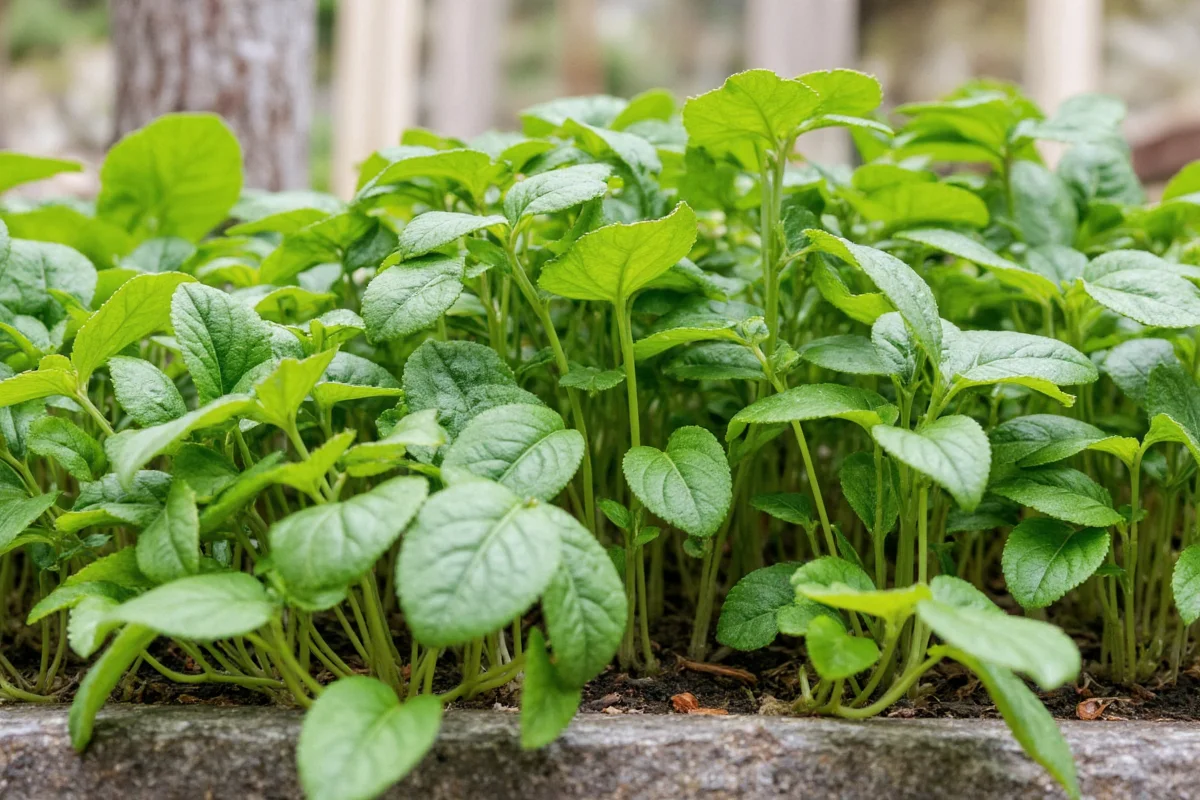Kalanchoes are popular succulents esteemed for their vibrant blooms and varied foliage. These easy-to-grow plants have gained popularity both indoors and outdoors due to their simple care requirements and versatile nature. Understanding the different varieties of kalanchoe, and how to properly care for them, can help gardeners and plant enthusiasts maintain healthy plants that thrive year-round.
Kalanchoe Varieties Explained
Kalanchoes belong to a vast genus that includes an array of species, each with unique characteristics. There are over 200 different species of kalanchoe, and they are typically known for their fleshy leaves and clusters of small, beautiful flowers. These plants are native to Madagascar and have adapted to survive in various environments, making them remarkably hardy. The most common varieties found in gardens include:
- Kalanchoe Blossfeldiana: Known for its bright, multi-colored flowers, this species is one of the most popular due to its long-lasting blooms.
- Kalanchoe Luciae: Recognized by its large, paddle-shaped leaves that display a rich red color in full sun.
- Kalanchoe Pinnata: Famous for its medicinal properties and ability to propagate easily through its leaves.
- Kalanchoe Tomentosa: Often called the panda plant, it has soft, fuzzy leaves with brown spots that mimic a panda bear's fur.
- Kalanchoe Fedtschenkoi: A unique species with bluish-green leaves and striking lavender flowers.
Light Requirements for Kalanchoe Plants
Ensuring adequate light is crucial for kalanchoe plants to thrive. They prefer bright, indirect sunlight to stimulate growth and flowering. However, handling their light needs requires understanding nuances:
- They thrive under direct sunlight for a few hours daily but should be shielded from harsh afternoon sun to prevent leaf scorch.
- When grown indoors, placing them near a sunny window ensures they're exposed to sufficient light.
- If the plant looks leggy or fails to bloom, it might be pallid due to inadequate light.
- During winter months, when natural light wanes, supplemental light from grow lamps can support their growth.
Watering and Humidity Needs
Kalanchoes are succulents, meaning they store water in their leaves and stems, making them drought-resistant. Their watering requirements are specific and can be categorized as follows:
- Let the top inch of soil dry out between waterings to prevent root rot, a common issue with overwatering.
- During summer, watering every 1-2 weeks suffices; in winter, reduce frequency to once a month.
- They do not require high humidity, making them ideal for indoor settings without special humidifiers.
- Leaf yellowing might indicate the need for adjustments in the watering routine.
Potting and Soil Considerations
The type of soil and pot used can significantly impact the health and growth of kalanchoe plants. These considerations are key:
- Use a well-draining soil mix specifically formulated for succulents and cacti to prevent excess moisture retention.
- Ensure pots have proper drainage holes to further aid in reducing water retention.
- Repotting is only necessary when the plant outgrows its current pot, which typically happens every 2-3 years.
- Avoid oversized pots as they can lead to moisture buildup in the soil.
Propagation and Pruning Techniques
Kalanchoe plants are easily propagated, and regular pruning will keep them healthy and promote more blooms. The following techniques are typically employed:
- Propagate kalanchoes by using leaf and stem cuttings. Allow cuttings to dry and callous for a few days before planting them in soil.
- Leaves can produce roots simply by being laid on soil, making it straightforward to multiply these plants.
- Pruning, primarily after the flowering period, encourages new growth and maintains the plant’s shape.
- Remove dead or discolored leaves to prevent fungal infections, which can spread to healthy foliage.
In conclusion, kalanchoes are versatile plants that require minimal care. Understanding the specific needs pertaining to light, water, soil, and propagation allows any gardener to successfully grow these plants, bringing vibrant color and texture to their environment. Whether indoors or in a garden, each kalanchoe variety offers unique qualities that can cater to different aesthetic preferences and care levels, making them a delightful choice for plant lovers.











 浙公网安备
33010002000092号
浙公网安备
33010002000092号 浙B2-20120091-4
浙B2-20120091-4